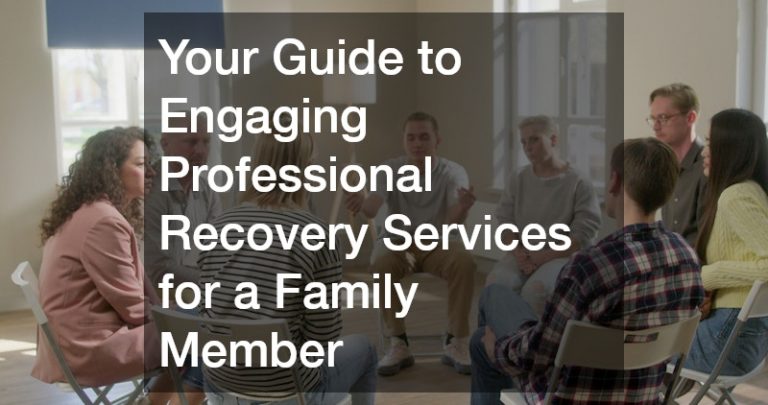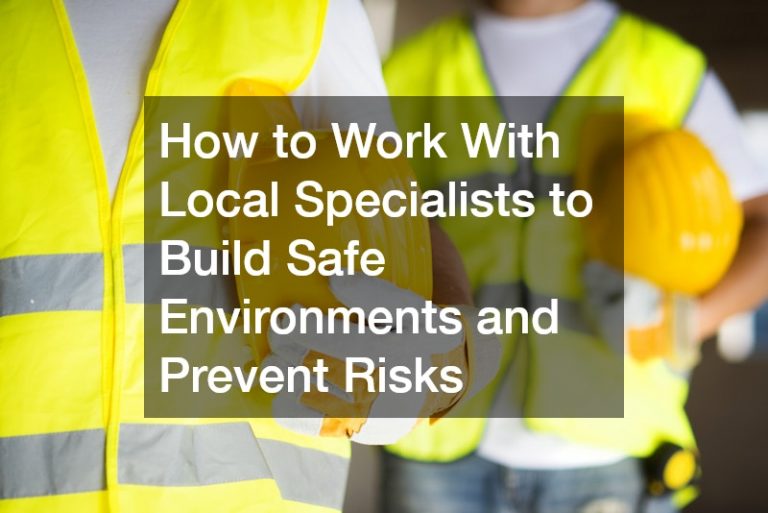Conflict is something that most people would prefer living without. It brings nothing but grief and stress. Imagine everything that you already have on your plate — responsibilities at home, taxes, FHA loan and mortgage, health concerns, insecurities, and other things that give you headaches — and then adding workplace conflict to the mix.
It’s a wonder how people are still sane. No matter what you do or where you go, conflicts will find you. Instead of running away from it, learn how to properly handle it when it happens.
Two Main Causes of Workplace Conflict
Workplace conflict is unavoidable and inevitable. You can’t make like an ostrich and bury your head in the sand hoping that conflict will not notice you and just pass you by. It doesn’t happen that way.
Most of the time, conflicts at work are caused by these two things: a lapse in communication and uncontrolled emotions.
Communication
A huge percentage of workplace conflict stems from either one of these: poor communication, lack of communication, miscommunication, or zero communication. Even if you do receive good information, if you don’t know what you’re supposed to do with it, there still is a communication gap there somewhere. All of these lead to confusion and, eventually, conflict.
Clear and concise communication helps your team avoid unnecessary headaches.
Emotion
The other major cause of conflicts in the workplace is uncontrolled and unchecked emotions. Emotional outbursts and decisions more often than not get us into trouble. Once objectivity is thrown out the window and you allow yourself to be overrun by your emotions, this can cause a great deal of tension and stress with the people around you.
How to Manage the Tension and Come to a Resolution

1. Have a clear standard for acceptable behavior in the workplace.
It is advisable for corporations and businesses to have a clear definition of acceptable behavior in the workplace. Having rules and behavioral guidelines that clearly outline what’s good and what’s not is already a big step in conflict prevention.
Establish definitive standards for everyone to adhere to. This includes providing clarity in responsibilities so that everyone knows what’s expected of them. The bottom line here is that everyone must know what is tolerated and what is strictly prohibited.
2. Be preventive so that things don’t get blown out of proportion when conflicts arise.
Having clear-cut standards is one way of being preventive when it comes to conflict management. Another way is to proactively seek out areas that could be a source of conflict and address them immediately. Even if a conflict should arise in the said areas, the damage will not be as bad since you have already taken out most of the threat.
Identifying natural tensions early on can help you avoid unnecessary conflicts.
3. Accept the fact that conflicts are inevitable.
Conflicts and tensions are a part of life. There’s no getting around it. Inevitably, you will find yourself caught up in one. The best way to deal with the stress of conflict is to accept that it is normal. However, that doesn’t necessarily mean that you can’t do things to prevent it from happening. Embracing this fact of life just makes it easier for you to set aside your emotions and deal with it objectively. Don’t neglect it. Otherwise, the tension will build and will blow up in your face, making things worse.
4. Set-up a meeting between the involved parties to hear them out.
Instead of openly reprimanding those who are involved in a conflict, take the time to sit down with them and talk to them — separately at first and then together once you’ve gathered all you need. Let them talk about what triggered them to respond the way they did. Ask them what the cause of the conflict was and then see how you can mediate.
5. Don’t just listen to the words they are saying but also to the heart that’s speaking.
As you hear the different sides and versions of the story, make sure you take note of what they’re really trying to say. Don’t just focus on the things that they’re saying but take the time to understand where they’re coming from. Knowing the deeper reasons for the conflict will help you arrive at a solution.
6. Find points of agreement.
Take control of the discussion. Let both parties talk about the issues at hand and not do a character assassination of the other party. Instead of focusing on their disagreements, find points of agreement that you can bring their attention to. Highlight what the common grounds are and focus on the positives while addressing the negatives.
7. Look at conflict as an opportunity for growth and to strengthen ties.
As cliche and cheesy as it may sound, there is always a silver lining to every cloud. Conflicts don’t have to always be about negative things. If we look at conflict as only stressors, then we will keep running away from it. But if we choose to look at it using a different lens — one that sees the positive out of the negative — then you’re putting yourself in a position of growth and maturity. There is much to be learned in every conflict and these are valuable lessons that will help us become better individuals.
Don’t run away from conflicts. Learn to deal with it so that you can be assured of growth and progress.











